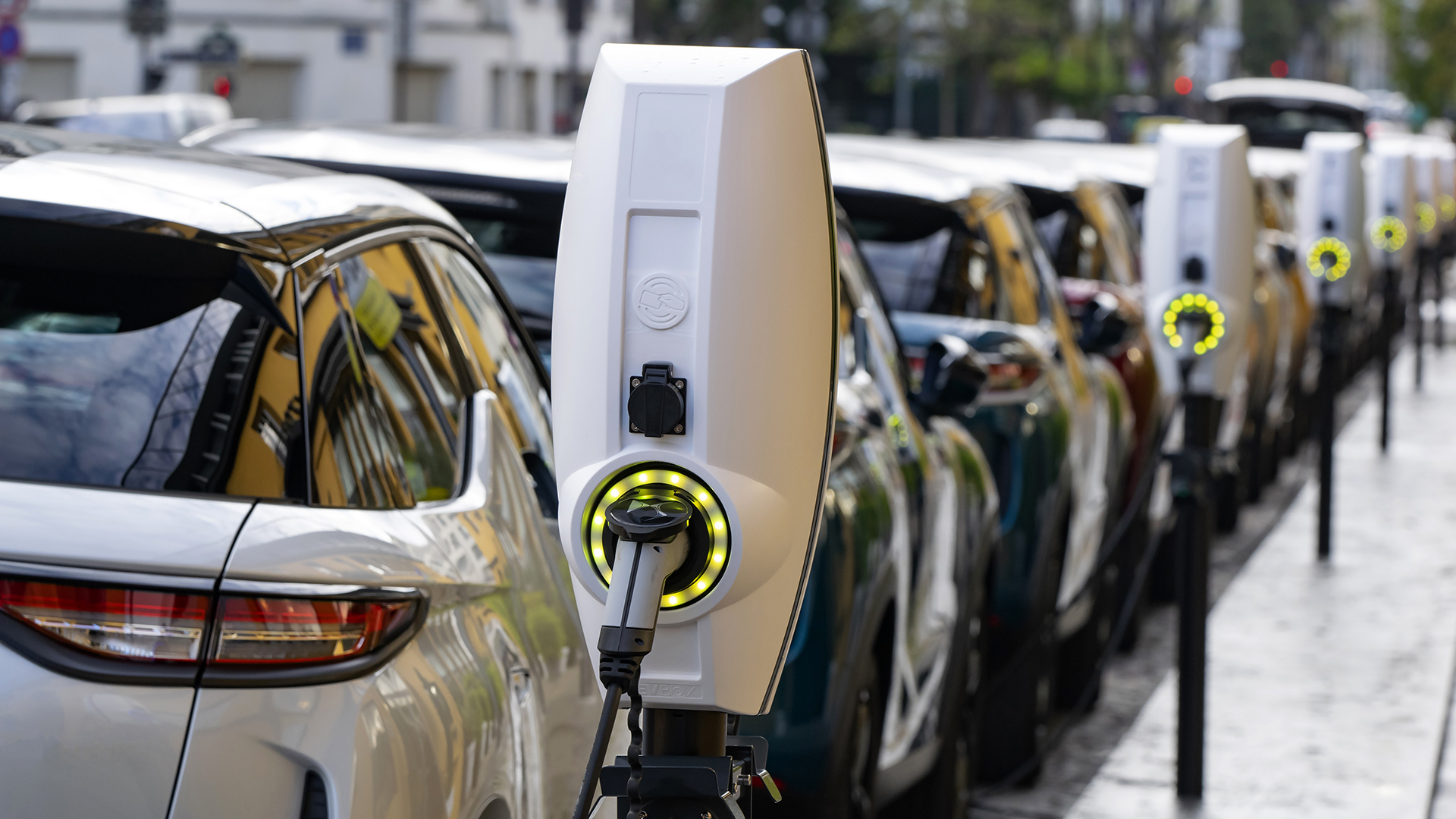In recent years, SUVs (Sport Utility Vehicles) have gained immense popularity due to their spacious interiors, versatility, and enhanced safety features. However, their larger size and weight often result in higher fuel consumption and higher carbon dioxide (CO2) emissions compared to smaller vehicles. With growing concerns about climate change and air pollution, many automakers have focused on developing SUVs that offer improved fuel efficiency and lower CO2 emissions.
The Importance of Low CO2 Emissions in SUVs Reducing CO2 emissions is crucial for mitigating the environmental impact of transportation. SUVs, known for their larger footprint, have traditionally been associated with higher emissions, contributing to greenhouse gas levels and air pollution. By choosing an SUV with low CO2 emissions, consumers can enjoy the practicality and comfort of these vehicles while minimizing their environmental impact.
Factors Influencing CO2 Emissions in SUVs Several factors contribute to the CO2 emissions of an SUV:
- Engine Efficiency: More efficient engines, such as hybrid or electric powertrains, can significantly reduce CO2 emissions by optimizing fuel consumption.
- Vehicle Weight: Lighter SUVs generally require less energy to operate, resulting in lower emissions.
- Aerodynamics: Improved aerodynamic design can reduce wind resistance and increase fuel efficiency, thereby lowering CO2 emissions.
Top SUVs with Low CO2 Emissions Here are some of the best SUV models on the market that offer impressively low CO2 emissions:
Subcompact SUVs:
- Hyundai Kona Electric (0 g/km CO2)
- Kia Niro EV (0 g/km CO2)
- Mazda CX-30 (122-136 g/km CO2)
Compact SUVs:
- Toyota RAV4 Hybrid (118 g/km CO2)
- Honda CR-V Hybrid (126 g/km CO2)
- Ford Escape Hybrid (88 g/km CO2)
Midsize SUVs:
- Toyota Highlander Hybrid (146 g/km CO2)
- Ford Explorer Hybrid (192 g/km CO2)
- Kia Sorento Hybrid (158 g/km CO2)
Electric SUVs:
- Tesla Model Y (0 g/km CO2)
- Volkswagen ID.4 (0 g/km CO2)
- Ford Mustang Mach-E (0 g/km CO2)
Features of Low-Emission SUVs Low-emission SUVs often incorporate advanced technologies to reduce their environmental impact. These features may include hybrid or electric powertrains, lightweight materials for reduced weight, aerodynamic body designs, regenerative braking systems, and eco-friendly interior materials.
Here’s a quick comparison of some top low-emission SUV models:
| SUV Model | Fuel Type | CO2 Emissions (g/km) | Fuel Economy | Range (Miles) | Approx. Price |
|---|---|---|---|---|---|
| Hyundai Kona Electric | Electric | 0 | 120 MPGe | 258 | $34,000 |
| Kia Niro EV | Electric | 0 | 123 MPGe | 239 | $39,000 |
| Mazda CX-30 | Gas | 122-136 | 28-31 MPG | 320-360 | $22,000 |
| Toyota RAV4 Hybrid | Hybrid | 118 | 40 MPG | 580 | $29,000 |
| Honda CR-V Hybrid | Hybrid | 126 | 38 MPG | 560 | $32,000 |
| Ford Escape Hybrid | Hybrid | 88 | 41 MPG | 590 | $28,000 |
| Toyota Highlander Hybrid | Hybrid | 146 | 36 MPG | 620 | $39,000 |
| Ford Explorer Hybrid | Hybrid | 192 | 28 MPG | 450 | $52,000 |
| Kia Sorento Hybrid | Hybrid | 158 | 37 MPG | 600 | $34,000 |
| Tesla Model Y | Electric | 0 | 122 MPGe | 330 | $65,000 |
| Volkswagen ID.4 | Electric | 0 | 97 MPGe | 260 | $41,000 |
| Ford Mustang Mach-E | Electric | 0 | 101 MPGe | 300 | $43,000 |
Benefits of Choosing a Low-Emission SUV Opting for an SUV with low CO2 emissions offers several advantages:
- Reduced environmental impact and carbon footprint
- Lower fuel costs and improved fuel efficiency
- Access to incentives and tax credits in some regions
- Alignment with personal values of sustainability
Considerations When Purchasing When shopping for a low-emission SUV, consider factors such as range and charging infrastructure (for electric SUVs), availability of desired features and trim levels, initial cost and long-term ownership expenses, as well as local incentives and rebates for low-emission vehicles.
Future of Low-Emission SUVs
The Future of Low-Emission SUVs As concerns about climate change and air pollution grow, the demand for low-emission SUVs is expected to rise. Automakers are investing heavily in developing more efficient and environmentally friendly SUV models, leveraging advanced technologies like electric powertrains, lightweight materials, and aerodynamic designs. In the coming years, consumers can expect to see an even wider range of low-emission SUV options, making it easier to find a vehicle that meets their needs while minimizing their environmental impact.
Also Read:
- The Most Spacious SUVs of 2024: Top Picks for Hip Room
- Why Are Land Cruisers So Expensive?
- The Best Kia SUVs with Exceptional Gas Mileage – 2024
- Discover What SUVs Have Heated Steering Wheels – Your Guide
For those seeking the versatility and spaciousness of an SUV without compromising on environmental responsibility, the current market offers a range of compelling options with low CO2 emissions. By considering factors like powertrain, weight, and aerodynamics, you can make an informed decision that aligns with your priorities and contributes to a more sustainable future.


[…] Ultimate Guide to Transporting Fishing Rods in Your SUV Exploring the Best SUVs with Low CO2 Emissions 4×4 SUVs Explained: An Ultimate Guide to Off-Road Adventure The Most Spacious SUVs of […]
[…] Exploring the Best SUVs with Low CO2 Emissions […]
[…] Exploring the Best SUVs with Low CO2 Emissions […]
[…] Exploring the Best SUVs with Low CO2 Emissions […]